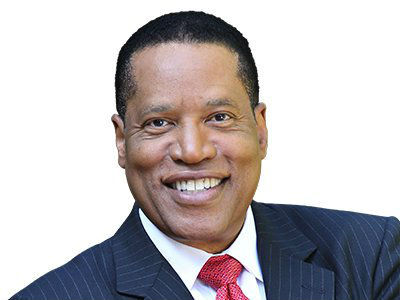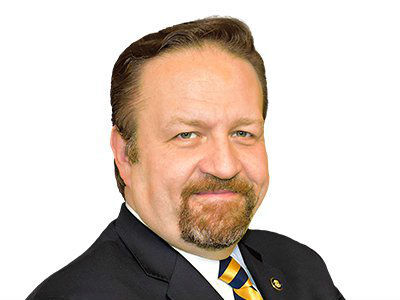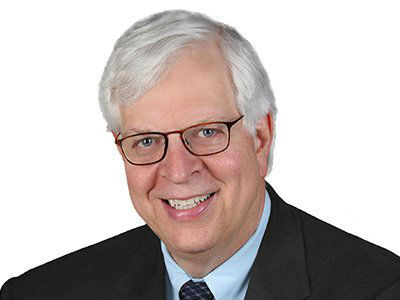How parents, programs, and automakers are working together to keep teen drivers safe
Lifestyle

Audio By Carbonatix
9:00 AM on Tuesday, October 21
By Caterina Lui for Kia, Stacker
How parents, programs, and automakers are working together to keep teen drivers safe
Communities across the U.S. feel the tragic impact of crashes that involve teen drivers on a near-daily basis. Teen Driver Safety Week, observed October 19-25, serves as a reminder of why educating young drivers is so critical. According to the National Highway Traffic Safety Administration (NHTSA), in 2023, more than 2,600 drivers ages 15 to 18 were killed and more than 87,000 injured in vehicle crashes, making auto accidents the leading cause of unintentional death for teens and young adults in this age group.
Programs like B.R.A.K.E.S. (Be Responsible And Keep Everyone Safe) aim to prevent these crashes and save lives through advanced driver education for teens and their parents. In addition to teaching skills such as panic braking and vehicle control, the program emphasizes that safe driving is a collective effort, with parent participation helping ensure lessons extend beyond the classroom.
Kia explores how driver education programs, parental involvement, public policy, and community partnerships work together to create safer roads for the next generation of drivers.
The Risks Facing Young Drivers
Data from the National Highway Traffic Safety Administration (NHTSA) show drivers aged 16 to 19 have the second-highest crash rate per mile driven, second only to drivers over the age of 80. In fatal crashes involving passenger vehicles, 62% of the drivers were teenagers, and that risk increases when teens ride together: 57% of teen passenger deaths occurred with another teen behind the wheel.
Despite long-term declines in crash rates due to safer vehicles, comprehensive education, and stronger traffic laws, young drivers remain among the most vulnerable on the road.
From Tragedy to Training: Teens Learn Beyond Driver’s Ed
Top Fuel drag racing champion Doug Herbert founded B.R.A.K.E.S. in 2008 after losing his two sons, Jon and James, in a crash. What began as a local effort to train friends of the family quickly grew into a national nonprofit dedicated to teaching teens and their parents critical defensive driving skills. To date, more than 150,000 participants from 46 states have completed the program.
Unlike standard driver’s education, B.R.A.K.E.S. offers a curriculum focused on high-risk scenarios young drivers are likely to face. Teens and their parents receive instruction in collision avoidance, emergency braking, drop-off recovery, distracted driving awareness, and vehicle control on slick or icy surfaces.
Most importantly, according to an independent study conducted by researchers at the University of North Carolina at Charlotte, B.R.A.K.E.S. graduates are 64% less likely to be involved in a crash within their first three years of driving.
Addressing Contributing Factors
Of course, even the best training can’t address every risk. Reducing crash risk requires consistent attention to daily driving habits, and evidence-based tips from safety experts include:
- Always buckle up. Seat belts are the single most effective safety device in a crash, yet teens have the lowest seat belt use rates of any age group. In 2023, 53% of teen drivers who died weren’t buckled up, and 90% of their passengers who died were also unbuckled.
- Avoid distractions. Texting, using apps, or even eating while driving significantly increases crash risk. Those that text and drive are 23 times more likely to be involved in a crash. Risk is further amplified when teens drive with peers, as having multiple teen passengers also greatly increases the chance of a crash.
- Follow the speed limit. Speed is a factor in nearly one-third of fatal crashes involving teen drivers. According to a study by the Governors Highway Safety Association, newly licensed teens are more likely to speed when driving their own vehicle compared with the family car — highlighting a potential benefit of delaying giving teens their first personal vehicle.
- Limit nighttime driving. Fatal crashes among teens are more likely to occur at night. Drowsy driving contributed to 633 crash-related deaths in 2023. According to the NHTSA, drivers ages 17 to 23 and those who sleep less than six hours a night are at higher risk for crashes caused by drowsy driving. If teens must drive at night, ensuring adequate sleep beforehand can help reduce this risk.
The Role of Parents and Policy
Parents are essential to reducing these risks. By modeling safe driving, setting firm limits on distractions and passengers, enforcing seat belt use, and establishing curfews, parents can play a powerful role in protecting their teens. A parent-teen driving agreement before handing over the keys is a very valuable tool for setting proper expectations.
Public policy also plays an important role. Graduated Driver Licensing (GDL) systems — adopted in all 50 states and D.C. — gradually phase in full driving privileges. Studies show these programs reduce crash risk by up to 50% by limiting exposure to high-risk situations until drivers gain more experience.
The Role of Industry Support
In addition to public policy and nonprofit initiatives, car manufacturers have played a role in advancing road safety. Many automakers contribute vehicles, resources, or funding to support driver education programs, crash-prevention research, and community safety campaigns. These contributions can expand access to training, provide up-to-date technology for hands-on learning, and accelerate the reach of proven safety strategies.
A Collective Effort
Protecting young drivers requires a collective effort. Programs such as B.R.A.K.E.S. provide hands-on training to help teens understand and navigate high-risk situations. Parents reinforce safe habits at home, and GDL laws create a structured path to driving independence. Complementing these efforts, support from the automotive industry helps expand access to training and reach more young drivers.
These efforts can protect more young drivers and their passengers — and help ensure every teen arrives at home safe and sound.
This story was produced by Kia and reviewed and distributed by Stacker.

























